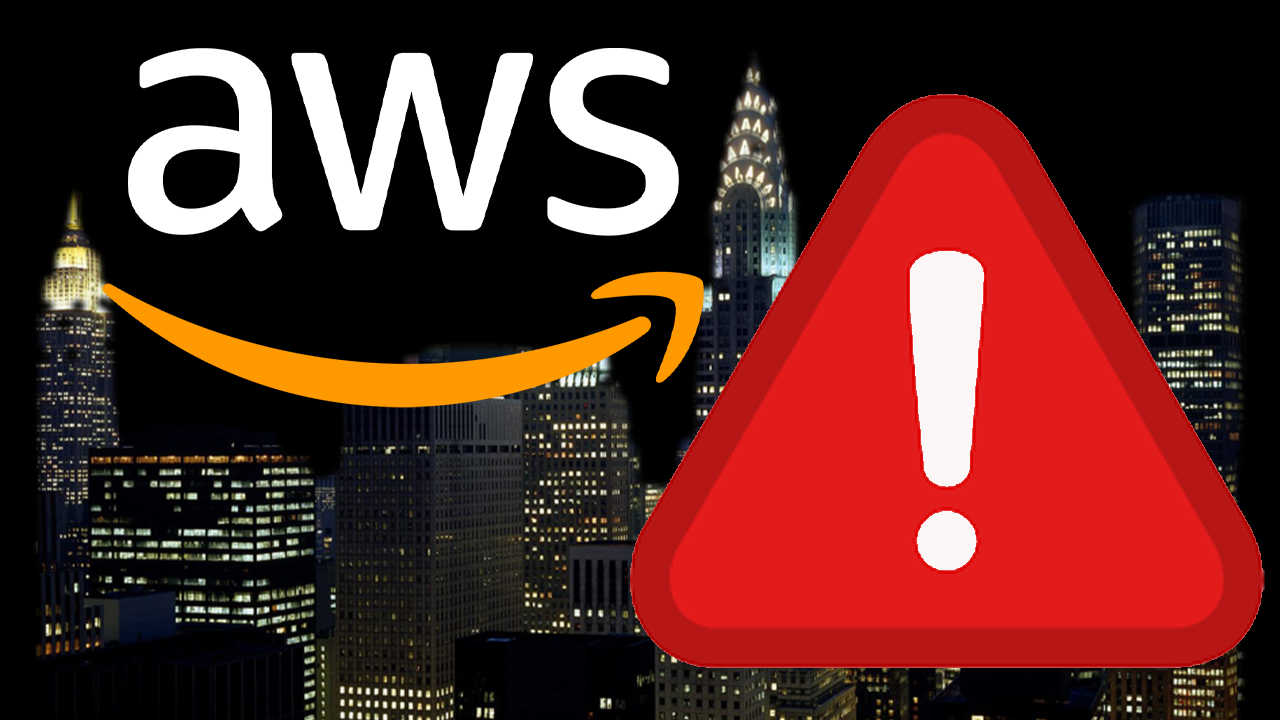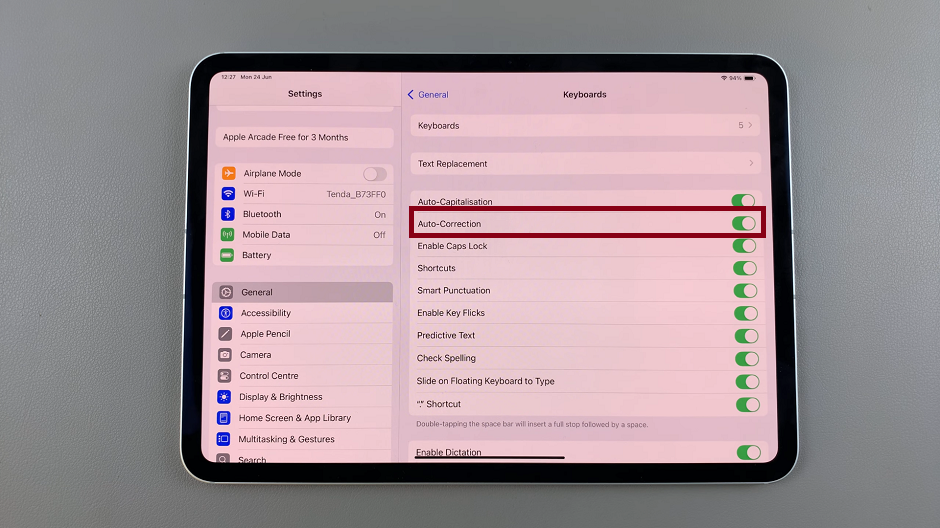
On Monday 20th October 2025 Amazon Web Services (AWS) outage disrupted a large portion of the internet, taking down apps, websites and online tools used by millions of people around the world, before services were eventually restored.
This was the largest internet disruption since last year’s CrowdStrike malfunction, which crippled hospital, banking, and airport systems around the world. The event once again highlighted how heavily global technologies depend on interconnected cloud services such as AWS.
Cause of the outage
The root issue was that certain government and commercial domains were unable to translate names into IP addresses, resulting in widespread connection errors.
According to Amazon the main problem started in one of AWS’s main data center in Virginia. The underlying issue was related to DNS (Domain Name System) resolutions of the DynamoDB API endpoints in the N. Virginia (us-east-1) region. DNS plays a crucial role in converting website names into IP addresses, allowing apps and websites to load correctly. When this process fails, users are unable to connect to online services.
Some of the People affected by the AWS outage
An Amazon Web Services (AWS) outage caused connectivity issues for people and businesses around the world, with popular apps and services such as:
Social media: snapchat, some parts of Facebook, whatapp and reddit
Gaming: roblox, fortnite, Xbox
Finance: venmo, coinbase
Streaming and entertainment: apple tv, hulu, disney+, netflix
Other apps: canva, duolingo, asana
E-commerce: amazons own services and mcdonalds app, starbucks
Goverment: Websites for British government
Media: New York times

The outage lasted for approximately 15 hours, making it one of the longest and most impactful AWS disruptions in recent years.
While Amazon restored the majority of its services. Some such as AWS Config, Redshift, and Connect continue to experience backlogs of messages that are being processed. The company stated it will release a detailed post-event summary to explain the cause and outline steps being taken to prevent future disruptions.

